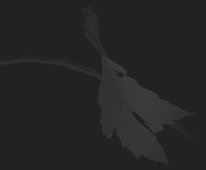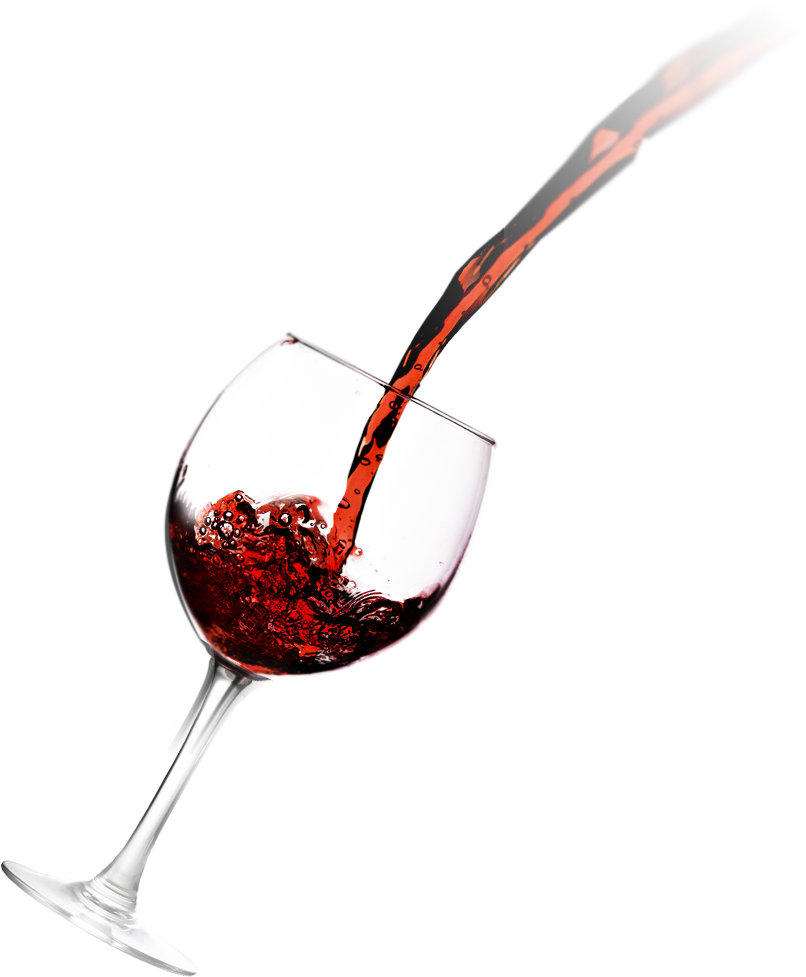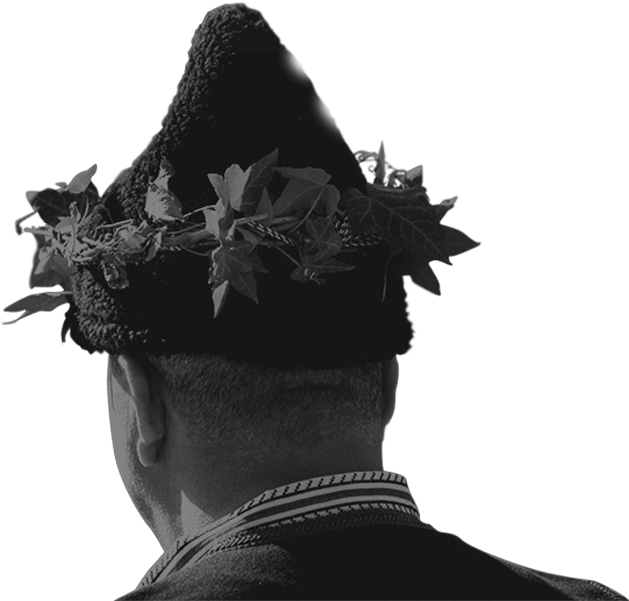
This site uses cookies to improve your experience.
Find out more

Menada winery



In the culinary tradition, the choice of wine is determined through food pairings. As a general rule, red wine is served with red meat, white wine with white meat and fish, and sweet wine is served with dessert. A synergy of taste is formed in the proper combination of wine and food.
High-end restaurants offer Sommelier services - an expert who can recommend the most harmonious wine for each dish.
Wine is an ancient but also a modern drink, which consumption is associated with sophistication and a good lifestyle. The oldest archaeological evidence of wine production comes from the Caucasus region and dates from 7000 to 6000 BC.
Over time, wine has become part of the lifestyle of many nations and cultures. A subculture is formed around it, including tasting, gourmet dining, tourism, wine collecting and investments. The culinary tradition links wine to food, but it is also a drink that awakens the spirit and makes people have fun.


Wine tasting is best done in the morning, because our sense of smell and taste is clean and more accurate.

Always start with lighter wines (younger white wines) and gradually switch to heavier blends (old and rich red wines).

Set aside a suitable wine glass for the wine tasting – a glass that will allow for the wine to be swirled. It is recommended that the glass be tall with a narrow bowl. This helps the flavor to be carried to the nose, and the wine can be swirled without the risk of spillage. After pouring the wine, hold the glass by the stem.

Once you order a wine, you will first be presented the bottle so you can examine the label. If the bottle has been pre-opened, you should request a new one. After opening the wine, the sommelier hands the cork to the host. This is done to confirm that there are no cork particles in the wine.

Take a sip of wine and hold it in your mouth, trying to breath in. Oxygen helps boost the qualities of the wine. If the wine is good, the sense of its taste will be clearly expressed.
The important aspect here is the balance of three components – the quantity of tannins, the acidity and the structure of the wine. Any good quality wine must create a balance between these components. The selected wine collections are defined by their sophisticated aroma and homogeneous structure.

The evaluation of wine is objective up to about ten samples. Before each new wine tasting, it is best to drink a sip of water that will restore your usual flavor.

Red wine - the younger wines are red-purple, with a dark ruby color or they are cherry colored with a violet hue. Mature wines are lighter, brick or ocher colored. The older wines are brownish in color; they have often lost their red shades. If the wine has been aged in oak barrels, it acquires a golden color.
White wine - if the wine is pale, it is a sign that the wine is light. The presence of transparency and brilliance suggests high acidity. If a white wine has a slight cloudiness to its color, its acidity has been softened. When a wine is pale green, it is a sign of a young, aromatic and fresh wine. Older white wines are golden in color, and fully matured wines are amber.

The glasses should be filled up to two-thirds of their total volume to leave room for the aroma of the beverage to develop. Wine glasses with chilled wine should be held by the stem, while wine glasses filled with red wine should be held just below the base of the bowl.

Wine temperature affects the sensory perception and may increase or decrease the taste of a wine. One should never cool down a wine by adding ice cubes - the ice dilutes the wine and distorts the harmony and balance between the substances that make up its taste, its color and its aroma.

It has been scientifically proven that for optimum quality white wines should be served and drunk at a temperature of 10-12 °C and rosé wines at a temperature of 8-12 °C. The ideal temperature for serving younger red wines is 14-16 °C, while denser red wines should be consumed at 18-20 °C. Sparkling wines should be served chilled at 7-9 °C.
The wine culture expands horizons, enriches perceptions and amplifies the understanding of beauty. Popular world destinations are promoted through ""wine tourism"" - journeys created specifically to explore the historical and aesthetic importance of this noble beverage.
Bulgaria has established itself as an important wine region on the world map thanks to its multiple travel itineraries going through numerous wine tasting cellars and wine bars. Bulgaria’s wine festivals are becoming cultural events that contribute to the development of tourism.
Wine is not only a part of the culinary tradition of different nations. It is served as a self-contained drink or as an important ingredient for cocktails - an exciting component of any sophisticated party.
Find some of our favorite recipes here.


On the territory of Bulgaria, wine began to be produced over 5000 years ago. The first vines were transported from the Middle East. The God of Wine – Dionysus was among the most venerated pagan deities in our lands.
After the formal adoption of the Christian religion (IX century), bread and wine become the symbols of Jesus Christ - his body and his blood. Wine becomes an essential part of all important rituals - Holy Communion, baptism celebrations, weddings, and funerals.
During church worship, bread and wine are called the ""Eucharist."" The word is Greek and means gratitude. By accepting a piece of bread and a sip of wine, Christians show their allegiance to religion, and to their church.
During the Middle Ages, wine in Bulgaria was made in the monasteries. The monks first began to store it in the cold underground. Most monasteries have preserved their cellars to this day.

1 ton of grapes equal 720 bottles of wine, that is 1 bottle of wine contains about 1270 grams of grapes or 500-600 individual grapes.

Regular, moderate consumption of wine reduces the risk of stroke, cardiovascular disease and Alzheimer's disease. Red wine has stronger antioxidant properties than white wine.

Women are better at wine tasting than men because they have stronger sense of smell.

The corkscrew was invented in 1795 by the Englishman Samuel Henshall. The need for such a device came when the English began to enclose wine in glass bottles with cork.

Wine barrels were probably invented by the Celts around III-II century BC. In the Middle Ages wooden barrels gradually became the main wine vessels in Europe.

The "aroma" is the smell of a young wine, while higher-quality wines with a more sophisticated and complex smell are referred to as a "bouquet".

Wine can be purchased as an investment. To date, Bulgarian wines have had little investment value because there is no secondary market for them.

Wines suitable for aging come usually from the high price segment. They are often kept in heavier bottles with longer corks. Wine’s potential for aging is determined by the quantity of phenolic substances and acids found in the blend.